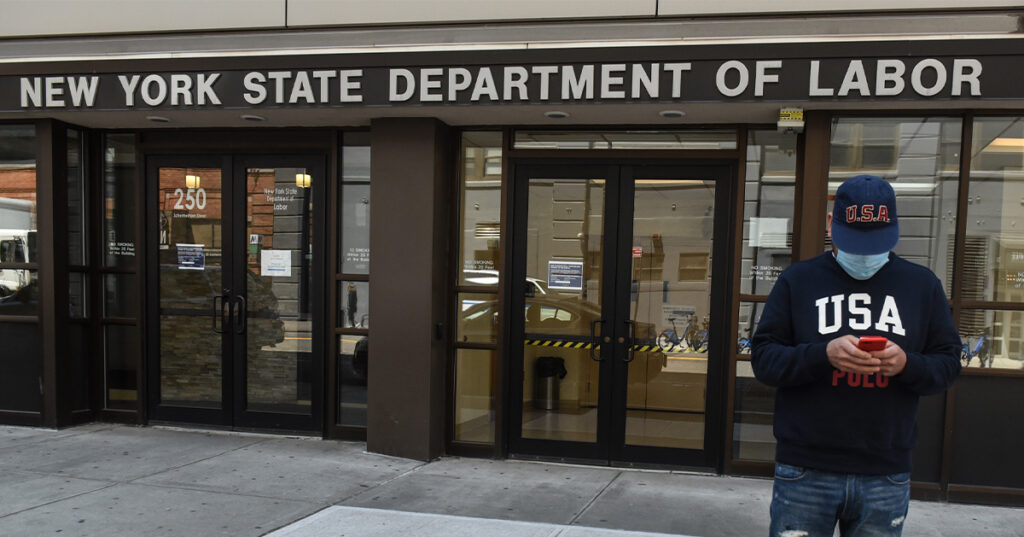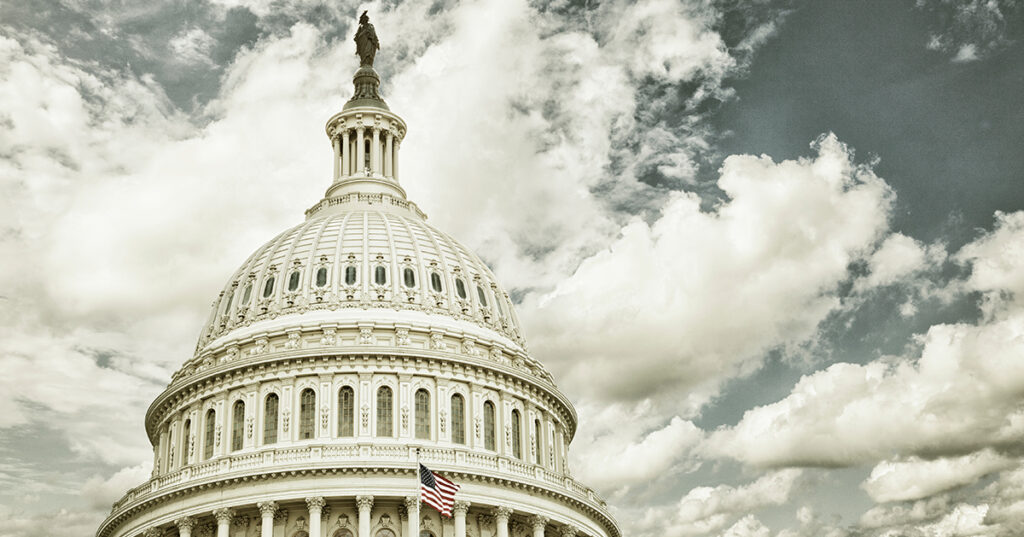State and Local Infrastructure Spending: A Closer Look
Properly addressing the nation’s aging infrastructure requires action not only at the federal level, but also at the state and local levels.
Read MoreMay Unemployment Data Show a Slight Improvement in the Labor Market
New data from the Bureau of Labor Statistics show that the labor market experienced an unexpected improvement in May.
Read MoreHow Has the Coronavirus Affected the U.S. Economic Outlook
The U.S. economy was in its longest expansion since World War II. The pandemic, however, has altered that trajectory.
Read MoreHow the U.S. Response to Coronavirus Compares to the Rest of the World
The United States has generally focused more on supplementing incomes while other countries have adopted wage-subsidy programs.
Read MoreFour Key Takeaways from the Early Unemployment Data
The official unemployment rate was 4.4 percent in March 2020, up from 3.5 percent in February. It was the largest monthly increase since January 1975.
Read MoreMillions Gained Healthcare Coverage under Obamacare, But That Trend Is Reversing
The proportion of the population who are uninsured began increasing in 2017.
Read MoreEconomic Growth Was Weaker in 2019 Than in 2018
Growth was lower in 2019 due to such contributing factors as slowing growth in nonresidential investment and in consumption.
Read MoreHow Do We Measure Poverty? Is There a Better Way to Do It?
Here’s an overview of how poverty is measured, concerns about the poverty measure, and the potential effect of proposed changes.
Read MoreWhat Are the Trends Slowing Wage Growth?
While there has been positive news about recent wage growth, looking back over the last 40 years reveals a different story for the average worker.
Read MoreState Budgets Also Face Tough Fiscal Challenges
A new report sheds light on budgets at the state level, grading performance and identifying best practices for improvement.
Read More








